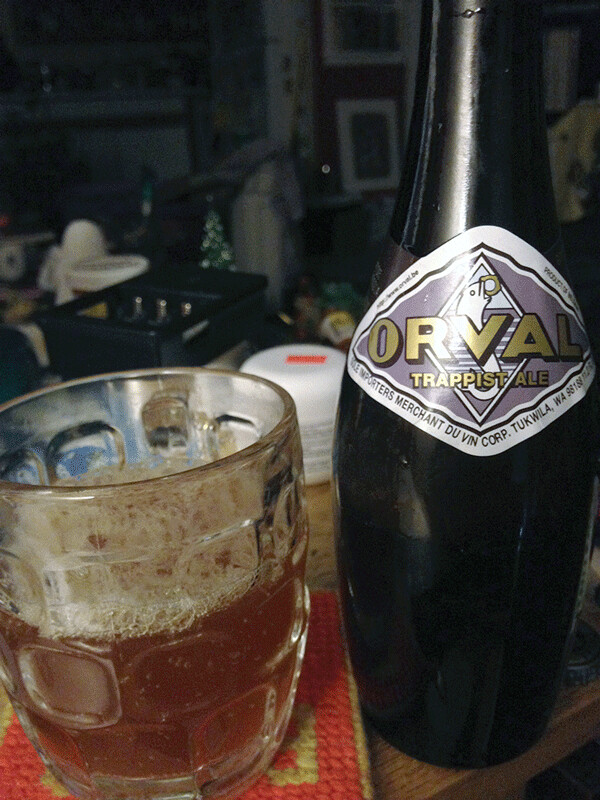News & Articles
Browse all content by date.


Once you’ve got Trappist ale on the brain, there is only one thing to do, pour a Trappist ale to relieve your poor, old brain.
It all began with NASA’s Feb. 22 announcement of Trappist-1, a dwarf star that may give life to beings on its seven terrestrial-like transiting planets.
NASA sent a diagram of Trappist-1 and its seven planets that the next day was echoed by Craig Hartinger of Merchant du Vin, the exotic beer distributor from the Seattle, Wash., area, which just happens to carry seven Trappist ales. He also pointed out that the international team of scientists that made the discovery was led by an astronomer from the University of Liege in Belgium.
“It’s really not that often that an esoteric – almost magical – beer term like ‘Trappist’ shows up in a completely different medium. Makes it fun for promotion,” Craig told me, adding that when he first saw it popping up on social media, he mentioned it to his wife, and she advised him he better make sure it was real. When it appeared on the front page of the Seattle newspaper the next morning, Craig let ‘er rip.
I didn’t have to think too hard when I arrived at my local after work on a recent Friday afternoon. I snagged a bowling pin-shaped bottle of Orval, one of the six Belgian Trappist ales. There are only 11 Trappist breweries in the world, including St. Joseph’s Abbey in Spencer, Mass. In 2013 it was the first brewery outside of Europe to be certified by the International Trappist Association.
While a Trappist monastery has been at Notre-Dame d’Orval since 1132, Orval is one of the newer Trappist breweries, having started in 1931. In contrast, the Trappist Rochefort Brewery has been in operation since 1595.
I had my bowling pin of Orval with a cheeseburger quesadilla and a romaine wedge salad with a dill pickle dressing. Yum!
It’s a lively beer. I had to remove the cap very carefully or I would have lost some of the precious contents.
It’s bottle conditioned with funky yeast known as Brettanomyces (which is Greek for British fungus). Dig deep beneath the funk and dry astringency and you’ll find the caramel malt and Belgian candi sugar, which is a caramelized beet sugar.
This beer is complex in a way that soon has you pondering the cosmos. I’d try to concentrate on the beer but suddenly I’d be thinking heady thoughts and, as Philip K. Dick once said, “The problem with introspection is that it has no end.”
You become lost in yourself. So don’t ponder this beer too hard. Just drink.
Or maybe you want to join others on the 2nd annual Orval Day on March 25. Lucky patrons of bars that serve Orval will be toasting the Trappist monks of Orval that day. I didn’t find anything around here, or anywhere in Wisconsin, but there are plenty of places in Chicago. You can find the list here: merchantduvin.com/events-greatlakes.php.
Craig pointed out that while profits from Orval and other Trappist breweries go to charity at the brewery level, a portion of the proceeds from every bottle of Orval sold on Orval Day will be donated to MAP International, a global health organization that provides lifesaving medicines to people living in poverty. MAP.org
| Tweet |


